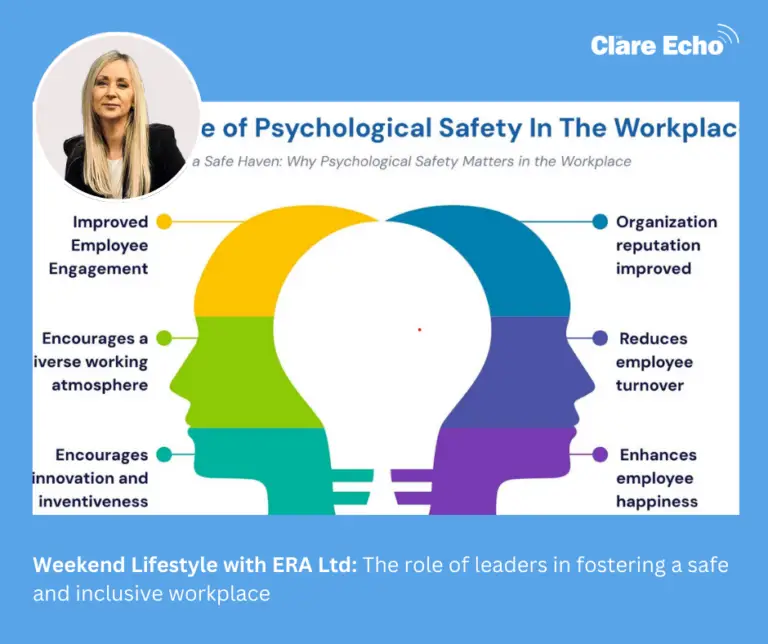IN THE last two articles, we delved into the importance of organisations being proactive in preventing workplace bullying and harassment.
We explored the legal implications, guidelines, and preventive measures to curb these unpleasant behaviours. However, one crucial question remains: Who is responsible for ensuring these measures are effectively implemented? The answer lies with the leaders within the organisation.
When we say “leaders,” this isn’t limited to the Founders or CEOs. It extends to anyone who holds a position of responsibility, driving a function or managing a group of people. Leadership at all levels plays a pivotal role in shaping a culture where safety, inclusivity, and mutual respect thrive.
As organisations strive to foster such an environment, it becomes essential to train, empower, and enable leaders to act as culture catalysts. Here’s how leaders can ensure a workplace free from bullying and harassment:
1. Staying Informed
Leaders need to stay updated on key legislative amendments and relevant incidents in the countries of their operation and in the industry. Being informed enables them to anticipate potential challenges within their organization and address the issues proactively and to avoid keep their organisation compliance ready. To keep yourself updated, you may refer government websites, subscribe to HR newsletters or plan for quarterly consulting session with a HR Consulting agency like ERA Ltd.
2. Developing and Updating Policies
Leaders must take the initiative to create robust policies aimed at preventing workplace bullying and harassment. These policies should be regularly updated based on the inputs received from any of the above suggested methods and align with evolving legislation and the organisation’s unique needs.
3. Communicating and Implementing Policies
Effective leadership involves clear communication of policies and any amendments. Leaders must ensure these policies and its implications are understood and implemented consistently across the organization at all levels. In our 3 decades of experience, we have seen many companies having excellent policies but they fail in communication and implementation, which leads to many unwanted issues. You are required to have and to issue a Bullying, Harassment & Sexual Harassment policy. Remember prevention is key!
4. Leading by Example
The phrase “walk the talk” is particularly relevant here. Leaders must embody the values they wish to see within their teams. Demonstrating respect, fairness, and accountability sets a strong precedent and gives a motivation and need for the team to reflect on those values.
5. Facilitating Awareness Training
Regular training programs and refreshers should be conducted to build awareness among the employees about acceptable workplace behaviour, organizational policies and values, do’s and don’ts and the escalationmechanism.
6. Monitoring Workplace Behaviour
Though we have a good policy, ample training programs, beside all that the Leaders must also remain vigilant and observant of team dynamics. If any deviations from acceptable behaviour are noticed, a leader should intervene promptly to address the situation and make corrective actions.
7. Acting as Coaches and Mentors
Besides being an enabler and a watchdog, a leader should play the role of a coach and mentor, guiding team members toward fostering a culture of safety and inclusion. Encouraging open conversations and reinforcing positive behaviours are key focus in this process.
8. Building Trust
A safe workplace is one where employees feel confident that there are guidelines for safety, their concerns will be taken seriously and a solution will be provided. Leaders must cultivate a culture where employees trust that their problems, opinions, and emotions will be listened to and not just heard.
9. Investigating and Resolving Issues
Leaders should remain unbiased and sharp to details while handling any problems relating to a harassment or bullying, leaders need to develop the skill to investigate complaints, find the root cause, have a structured and unbiased system to resolve such issues and ensure fairness and maintain the integrity of the organisation’s culture. ERA has developed a series of workshops to train front line management & Senior management in how to conduct investigations.
Our workshops have equipped many of our clients with the know how and confidence to ensure they carry out investigations in line with fair and natural justice, the Code of practice and their polices.
In conclusion, leaders hold the responsibility and power to transform workplace culture. By taking proactive steps and embracing the roles outlined above, they can create an environment where everyone feels safe, respected, and empowered. Leadership is not just about driving business outcomes; it’s also about shaping a workplace where individuals can thrive without fear or prejudice.
When leaders act as custodians of culture, they not only protect their teams but also contribute to the overall success and reputation of the organisation. After all, a safe workplace is the foundation of a successful business.











